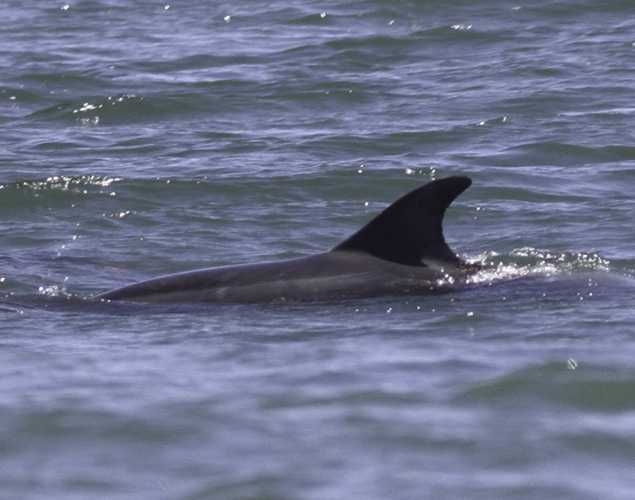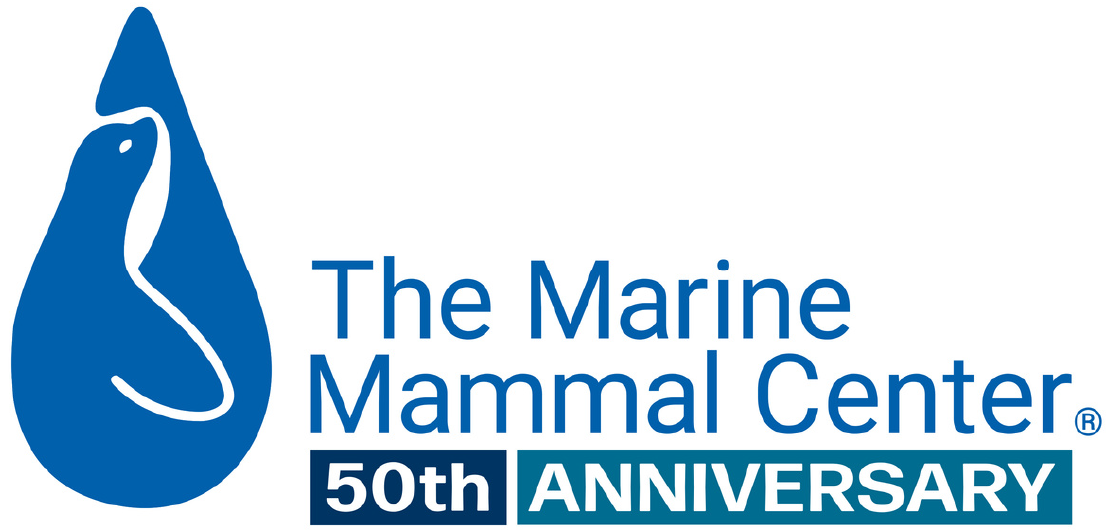
Tattoo Skin Disease in Cetacea: A Review, with New Cases for the Northeast Pacific
- Infectious disease
- Pathology
Abstract
Tattoo skin disease (TSD) is a poxviral dermatopathy diagnosed in cetaceans. We review the literature on TSD aetiology, clinical characteristics, pathology and epidemiology and evaluate immune responses against the virus. In addition, necropsy reports for fifty-five harbour porpoises (Phocoena phocoena), twenty-two Delphinidae and four Kogiidae stranded in northern California in 2018–2021 were checked for diagnostic tattoo lesions. TSD occurs in the Mediterranean, North and Barents Seas, as well as in the Atlantic, eastern Pacific and Indian Oceans in at least 21 cetacean species, with varying prevalence. Two cetacean poxvirus (CePV) clades are recognised: CePV-1 in odontocetes and CePV-2 in mysticetes. CePV-1 isolates were recovered from six Delphinidae and one Phocoenidae in the Americas, Europe and Hong Kong. Strains from Delphinidae are closely related. Among Phocoenidae, poxviruses were sampled only in harbour porpoises around the British Isles. CePV-2 isolates were obtained from southern right whales (Eubalaena australis) and a bowhead whale (Balaena mysticetus). In healthy animals, an immune response develops over time, with young calves protected by maternal immunity. Salinity and sea surface temperature do not seem to influence TSD prevalence in free-ranging cetaceans. High concentrations of immunotoxic halogenated organochlorines may cause a more severe clinical disease. Substitution and loss of genes involved in anti-viral immunity may favour CePV entry, replication and persistence in the epidermis. Off California, Delphinidae were less often (26.3%) affected by TSD than harbour porpoises (43.6%). Male porpoises were significantly more prone (58.1%) to show clinical disease than females (25%). Among males, TSD affected a high proportion of juveniles and subadults. TSD was not detected in the Kogiidae.
Van Bressem, M.F., Van Waerebeek, K. and Duignan, P.J., 2022. Tattoo Skin Disease in Cetacea: A Review, with New Cases for the Northeast Pacific. Animals, 12(24), p.3581.
Related Publications
{"image":"\/Animals\/Wild\/Other species\/nz-sea-lion-shutterstock.jpg","alt":"New Zealand sea lion","title":"Causes of Death in Two Populations of New Zealand Sea Lions","link_url":"https:\/\/www.marinemammalcenter.org\/publications\/causes-of-death-in-two-populations-of-new-zealand-sea-lions","label":"Research Paper"}

{"image":"\/Animals\/Patients\/California sea lions\/csl-by-bill-hunnewell-c-the-marine-mammal-center-6.jpg","alt":"California sea lions","title":"Zoonotic Bacteria Persistence and Susceptibility","link_url":"https:\/\/www.marinemammalcenter.org\/publications\/zoonotic-bacteria-persistence-and-susceptibility","label":"Research Paper"}

{"image":"\/Animals\/Patients\/California sea lions\/cropped-images\/csl-photo-by-bill-hunnewell-c-the-marine-mammal-center-1-0-0-2358-1722-1600891644.jpg","alt":"California sea lions","title":"Emerging Viruses in Marine Mammals","link_url":"https:\/\/www.marinemammalcenter.org\/publications\/emerging-viruses-in-marine-mammals","label":"Research Paper"}

{"image":"\/Animals\/Patients\/California sea lions\/csl-photo-by-bill-hunnewell-c-the-marine-mammal-center-12.jpg","alt":"two California sea lions","title":"Multi-Phase Muscle Breakdown in California Sea Lions","link_url":"https:\/\/www.marinemammalcenter.org\/publications\/multi-phase-muscle-breakdown-in-california-sea-lions","label":"Research Paper"}

Recent News
{"image":"\/Animals\/Patients\/Harbor seals\/2020\/cropped-images\/hs-barnwood-by-bill-hunnewell-c-the-marine-mammal-center-315-0-3299-2577-1607370547.jpg","alt":"harbor seal Barnwood","title":"Last-Minute Gift Guide \u2013 Top Gifts that Give Back to Marine Animals","link_url":"https:\/\/www.marinemammalcenter.org\/news\/last-minute-gift-guide","label":"News Update","date":"2025-12-18 01:00:00"}

Last-Minute Gift Guide – Top Gifts that Give Back to Marine Animals
December 18, 2025
Read More{"image":"\/Animals\/Patients\/Hawaiian monk seals\/2025\/cropped-images\/b-ru72admission-to-ke-kai-ola112125photo-c-the-marine-mammal-center-noaa-permit-24359-0-364-1270-992-1766095407.jpg","alt":"A newborn Hawaiian monk seal pup with a black coat in rehabilitative care.","title":"Newborn Hawaiian Monk Seal Pup Now Receiving Care","link_url":"https:\/\/www.marinemammalcenter.org\/news\/newborn-hawaiian-monk-seal-pup-now-receiving-care","label":"Patient Update","date":"2025-12-18 01:00:00"}

{"image":"\/Animals\/Patients\/Hawaiian monk seals\/2025\/cropped-images\/d-ru28release-exam-at-ke-kai-ola111025photo-by-giancarlo-rulli-c-the-marine-mammal-center-noaa-permit-24359-0-0-1270-992-1764620886.jpg","alt":"","title":"Bird Flu Vaccine Trial Offers Hope for Protecting Hawaiian Monk Seals","link_url":"https:\/\/www.marinemammalcenter.org\/news\/bird-flu-vaccine-trial-may-offer-hope-for-protecting-hawaiian-monk-seals","label":"News Update","date":"2025-12-01 08:13:00"}

Bird Flu Vaccine Trial Offers Hope for Protecting Hawaiian Monk Seals
December 1, 2025
Read More{"image":"\/Animals\/Patients\/Hawaiian monk seals\/2021\/hms-pp08-by-sheila-latta-c-the-marine-mammal-center-noaa-permit-18786.jpg","alt":"Hawaiian monk seal","title":"The New York Times: Inside the Bird-Flu Vaccine Trial for Monk Seals","link_url":"https:\/\/www.marinemammalcenter.org\/news\/the-new-york-times-inside-the-bird-flu-vaccine-trial-for-monk-seals","label":"In the News","date":"2025-12-01 01:00:00"}

The New York Times: Inside the Bird-Flu Vaccine Trial for Monk Seals
December 1, 2025
Read More
